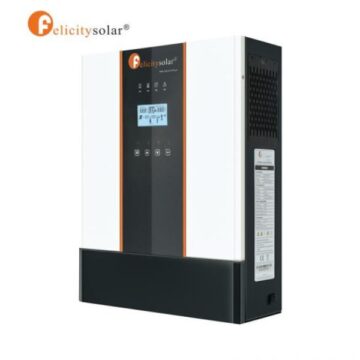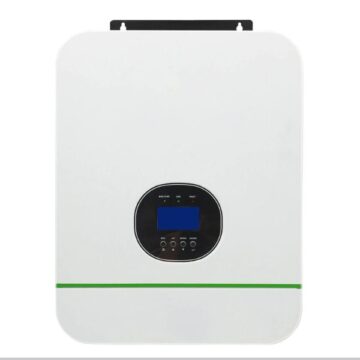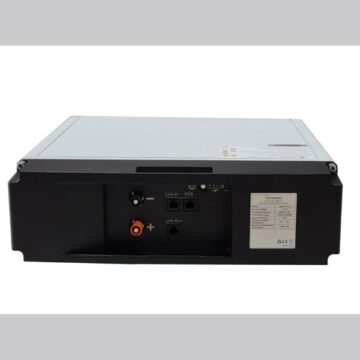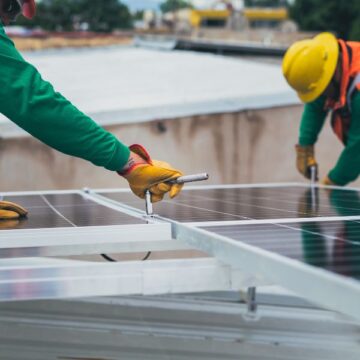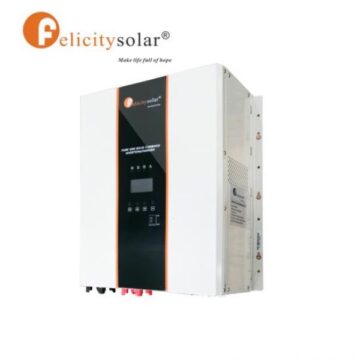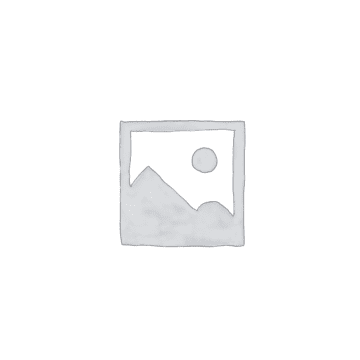Solar energy is rapidly expanding, and one of the most recent achievements in solar panel technology is the introduction of bifacial solar panels. By catching sunlight from both sides of the panel, bifacial solar panels have enormous promise for transforming solar power generation. Here is our brief explanation of the specifics of bifacial solar panels, looking at what they are, how they work, and how they can affect the renewable energy environment. Happy Solar Systems is one of the leading solar companies in Kenya that sells and install bifacial solar panels. Order your today on 0741 163020 or by email: info@happysolar.co.ke
What are bifacial solar panels?
Bifacial solar panels may, as their name implies, collect sunlight from both the front and back. Bifacial solar panels employ a transparent back sheet that allows sunlight to flow through and be reflected onto the rear surface, where extra solar cells are present. This is in contrast to conventional solar panels, which solely use the front side to create power.
How do bifacial solar panels work?
Bifacial solar panels have a bifurcated cell structure that allows light to pass through and reach the back surface. Additional solar cells on the back surface absorb and convert reflected sunlight into power. This design improves the efficiency and energy production of the solar panel, making it a very appealing alternative for solar systems.
Advantages of using bifacial solar panels in Kenya
Enhanced Energy Yield: Bifacial panels can generate additional electricity by capturing reflected sunlight, resulting in a higher energy yield compared to monofacial panels.
Versatility: Bifacial panels can be installed in various configurations, such as ground-mounted, rooftop, or elevated structures, maximizing their potential in different environments.
Durability: Bifacial panels often come with a glass-glass design, making them more durable and resistant to weathering and degradation.
Better Performance in Diffuse Light Conditions: Bifacial panels can perform better in cloudy or diffused light conditions due to their ability to capture light from multiple angles.
Challenges in the use of bifacial solar panels
Installation and Design: To optimize the benefits of bifacial panels, proper design and installation are essential, including optimizing the ground or surface they are mounted on to enhance light reflection.
Economic feasibility: While bifacial panels provide increased energy generation, their upfront expenses and overall system costs must be carefully considered to ensure economic viability.
Future outlook in the use of bifacial solar panels
Bifacial solar panels are likely to play an important role in the solar industry as solar technology advances. Ongoing research and development aims to increase their efficiency, lower costs, and maximize their performance in a variety of environmental circumstances. With a greater emphasis on sustainable energy solutions, bifacial solar panels are set to play an important role in the clean energy transition.
Finally, bifacial solar panels are a promising innovation in solar technology that has the potential to dramatically increase solar energy production. Bifacial solar panels are ready to illuminate the route towards a brighter and cleaner future as we embrace more efficient and sustainable energy options.



